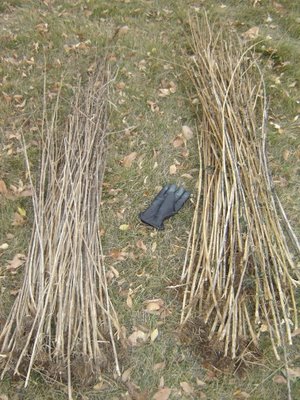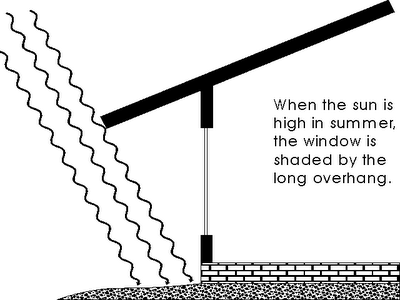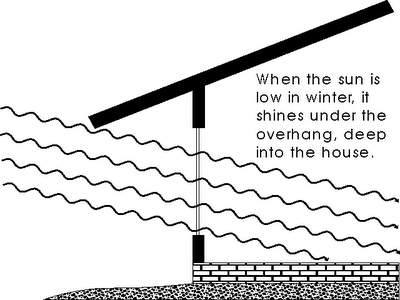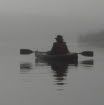I am home from the first weekend of a
Common Life program at the Calling Lakes Centre. Yes, another program, another drive in our car. As
Eleutheros says, "hang head, shuffle feet . . ."
I certainly notice the irony of travelling over two hours' drive away from my own community to become part of a dispersed community of people and thereby learn how to be in community. I notice the irony of sitting here wrestling with the right and wrong of all this, instead of getting all the carrots and beets and rutabagas that I dug last week properly stored away. I wonder again whether I could have made the trip to the Calling Lakes Centre by bicycle, and notice that if I had, I wouldn't even be home yet, and it would be mighty cold out there, pedalling into that fierce east wind.
I met a spinner. She wants to teach us hand-spinning. I asked if she had ever worked with nettle fibre, and the idea was new to her, but she had been planning to try flax. When I go to our next meeting, I hope to take along some nettle fibre, and see if she can teach me to spin it.
I laughed more than I have laughed in weeks.
There was very little top-down, teacher-student, giver-receiver stuff; just a framework and time to explore it and people to share the walking and climbing and puzzling and struggling and laughing and hugging and all that. Stuff that no amount of books or websites or good intentions have given me. Maybe once I learn to find and build these connections and live these practices in Common Life community, I will be better able to do the same here . . .
Or maybe I will be even farther out of step with my neighbours.
And even more excessively busy.
I got lost on the way home.
There was a towering cloud of smoke somewhere close to Heward. I could see it from several towns back, and as I got closer, I was sure I didn't want to drive through it. At Creelman I found a grid road angling east to pass upwind of it. Once I was on that road, I got thinking about the Gap, and how I'd love to drive through there. I started to glimpse the hills ahead, and thought I should be a bit farther south, to strike the little dirt road through the Gap. So when I came onto 47, I turned south for a few miles. When I turned east again, it was hilly enough that I couldn't see much of the road ahead. After a while it dwindled, but I kept hoping. When I topped a rise and saw trees in the distance, straight ahead where the road should be, I ignored that detail, hoping for a bend. And so the gravel gave way to a surface of stones and dirt, and ruts appeared, and I topped a sharper rise and saw my trail's end, next to a new oil well. Actually I could have continued, if I'd been willing to turn south on a wheeltrack in tall dry grass, but the Geo Metro has very little clearance, and I didn't want to risk a grass fire.
I backtracked onto good gravel, and found a southbound road, and then the next road east. It was delightful, dwindling and narrowing but carrying on, over little rises and through hollows, past native pastures on the rougher places, and up over one lonely little peak that gave a view of the whole low rolling area and the rampart of the Moose Mountains stretching along the northeastern horizon. As I drove on, an area of trees ahead began to look familiar, and the farmyard to the right began to look like one I knew, though I'd never seen it from this angle. Suddenly there was a large slough on my left, just north of the road, and I was startled to see it, because I knew I had spent hours on several occasions working outdoors just over the next ridge, without knowing the water was there. I hadn't even noticed that there was a ridge to hide anything.
But all this flashed through my mind in an instant, without capturing my attention, because on the water were seven swans, and on a bridge of ice across the middle was a bald eagle.
An unknown road, and seven swans and an eagle. Significant?
Wishful thinking?
I came out on the White Lake Road, several miles south of where I'd hoped to be. Knowing I'd add at least four miles to my trip, or maybe eight, I turned north to see the Gap.
There were survey stakes that looked to me like well centres for new oil wells, again and again along the roadside. I think there were half a dozen, almost all of them in native grassland, one in a low floodplain. And here I was taking a Sunday drive.
Could I give up driving?
Would it make any difference? Would it mean anything?
I turned onto another unknown road, one that I had often wondered about, and sure enough, it was a shortcut to the Gap. I passed a gravel pit and newly cultivated cropland, and hardly noticed the wild beauty of the looming hills on either side, the beauty that draws me back to that place. Before I knew it, I was through the Gap and on into Star Valley, noticing more new oil wells, and a drilling rig.
As I cruised down the paved road towards Kisbey, the cell phone rang, and I confessed that I'd got lost for a while, but I was on my way and would be home soon. On the highway again, I pushed the car up close to the speed limit. A huge red pickup truck with chrome grillework loomed behind me, crowding close. I thought about our "52MPG" license plate and wondered if he noticed it. At times like that I'm glad to be driving the speed limit, so they won't be thinking, "Yeah, sure you get 52MPG, when you're only doing 50!" The truck passed me, and as it pulled away ahead, I read the slogan in white letters on the black-tinted rear windows of the cab: "Save some OIL! Ride a RIGGER!"
Common Life? Here? There? Anywhere?
Seven swans and an eagle.
I don't know.










